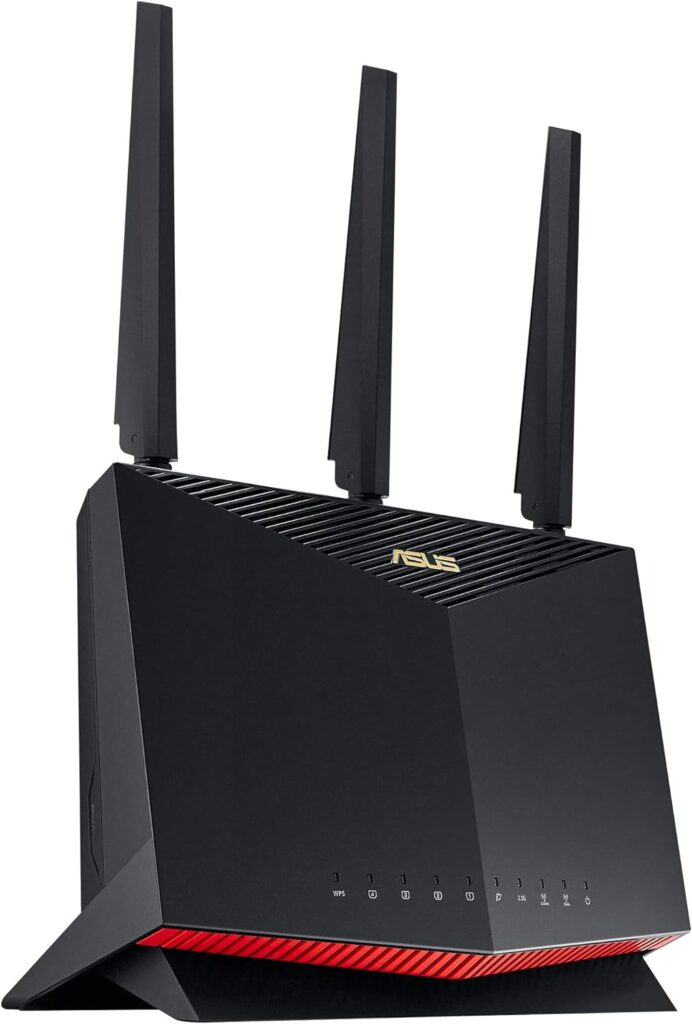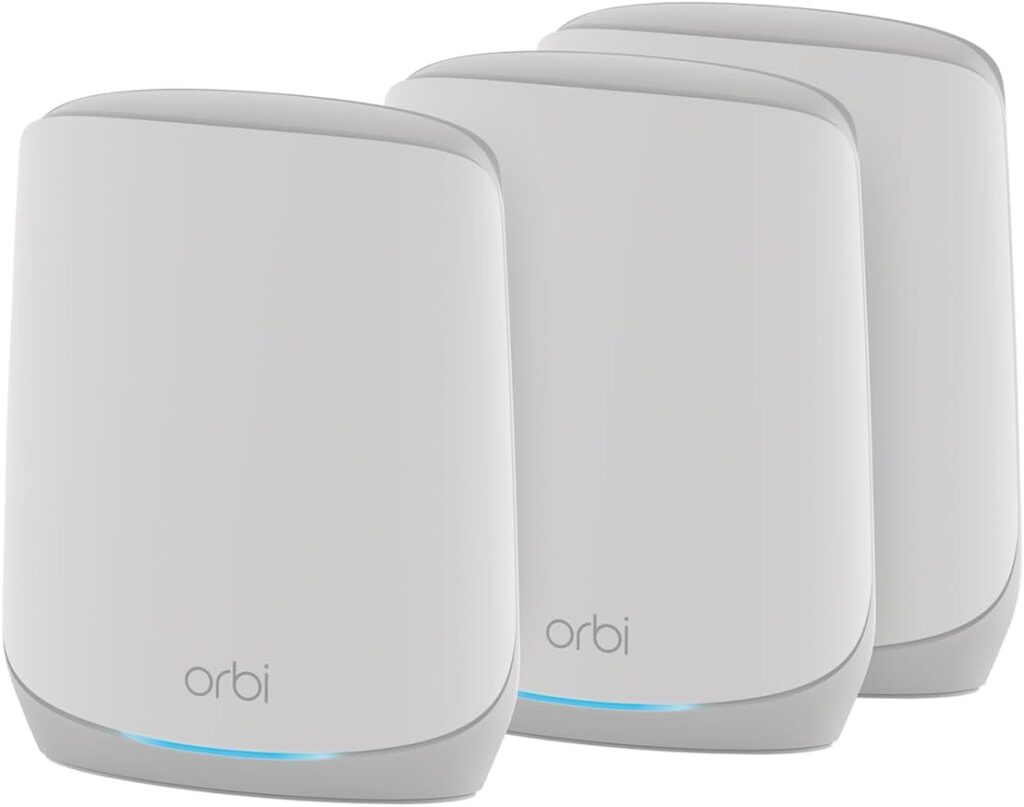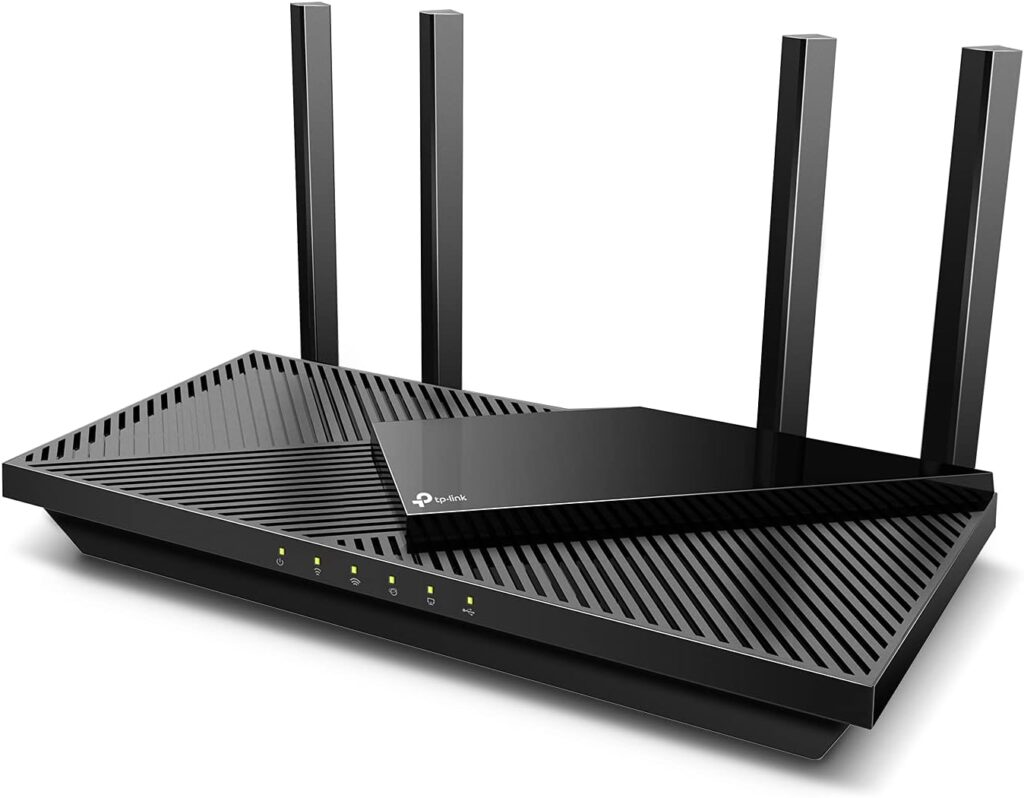In today’s smart home revolution, wireless routers have become the backbone of our connected lives. As the founder of AutoHomeGadgets.com, I’ve spent years exploring, testing, and integrating smart home technologies into everyday life. From setting up seamless smart home networks to troubleshooting connectivity issues, my experience with wireless routers goes beyond casual use—it’s a cornerstone of what makes a smart home truly smart.
In this guide, we’ll dive deep into wireless routers, helping you understand their importance and functionality and how to choose the best one for your home setup.
What is a Wireless Router?
A wireless router is a device that connects your home to the internet and serves as the hub for your Wi-Fi network. It communicates with your modem to access the internet and distributes that connection wirelessly to your devices, such as smart TVs, security cameras, and smart speakers.
Key Components:
- WAN Port: Connects to your modem.
- LAN Ports: For wired connections to devices like PCs or gaming consoles.
- Wireless Antennas: Transmit Wi-Fi signals throughout your home.
- Processor and Memory: Ensure efficient data processing and routing.
Why Wireless Routers Matter in a Smart Home
In a smart home setup, everything from your thermostat to your lights may rely on Wi-Fi. A high-performance router ensures:
- Reliable Connectivity: No more dropped connections for critical devices like security systems.
- High Speeds: Seamless streaming, gaming, and video calls.
- Wide Coverage: Signal strength reaches every corner of your home.
- Security: Protects your devices and data from cyber threats.
From my experience, a poor router can bottleneck even the most advanced smart home gadgets. A solid router investment enhances both functionality and peace of mind.
Types of Wireless Routers
- Single-Band Routers: Basic models operating on the 2.4 GHz band. Suitable for light use but prone to interference.
- Dual-Band Routers: Operate on 2.4 GHz and 5 GHz bands, offering improved speed and reduced congestion.
- Tri-Band Routers: Add an extra 5 GHz band, ideal for homes with many connected devices.
- Mesh Routers: Provide blanket coverage by using multiple nodes, perfect for large or multi-story homes.
How to Choose the Right Router for Your Home
When selecting a wireless router, consider the following:
- Home Size and Layout:
- Small apartments: A dual-band router may suffice.
- Large homes: Opt for a mesh system for comprehensive coverage.
- Number of Devices:
- Few devices: Single- or dual-band routers are adequate.
- Multiple devices: Tri-band or advanced dual-band models are better.
- Internet Speed:
- Match the router’s speed capabilities to your internet plan.
- Smart Home Integration:
- Ensure compatibility with your existing gadgets, such as Zigbee or Z-Wave hubs.
- Security Features:
- Look for WPA3 encryption, automatic firmware updates, and parental controls.
My Top Recommendations
Based on my hands-on experience, here are a few routers that excel in smart home setups:

- Best for gaming and high-speed streaming.
- Wi-Fi 6 supports faster and more efficient connections.

- Exceptional for large homes.
- Simple setup and reliable performance.

- Budget-friendly option with Wi-Fi 6 capabilities.
- Robust parental controls and security features.
Setting Up Your Wireless Router
- Placement: Position your router centrally and away from obstructions.
- Configuration: Use the manufacturer’s app or web interface to:
- Change the default login credentials.
- Set up a guest network for visitors.
- Enable security protocols.
- Firmware updates: Regularly update to maintain performance and security.
Final Thoughts
Understanding and choosing the right wireless router can transform your smart home experience. At AutoHomeGadgets.com, my mission is to make technology accessible and functional for everyone. With years of experience fine-tuning smart home networks, I’m here to guide you in making informed decisions that elevate your connected lifestyle.
For more insights, reviews, and smart home tips, explore our other articles on AutoHomeGadgets.com. Let’s build a smarter, more connected future together!

SAMMY MWANGI the editor of Autohomegadgets.com. He is an Electronics Technician enthusiast and a Sales Manager in one of the leading ICT companies in Africa. When he is not working, he loves to travel and explore nature. He is a Robot fanatic too.

